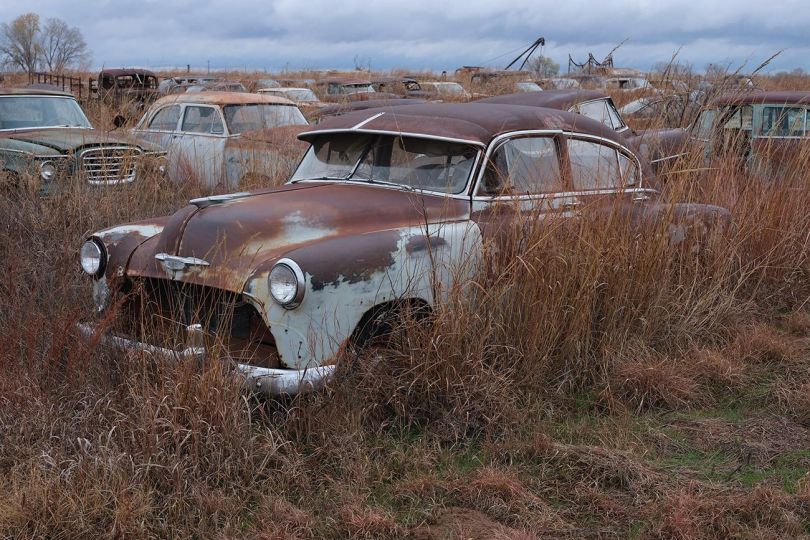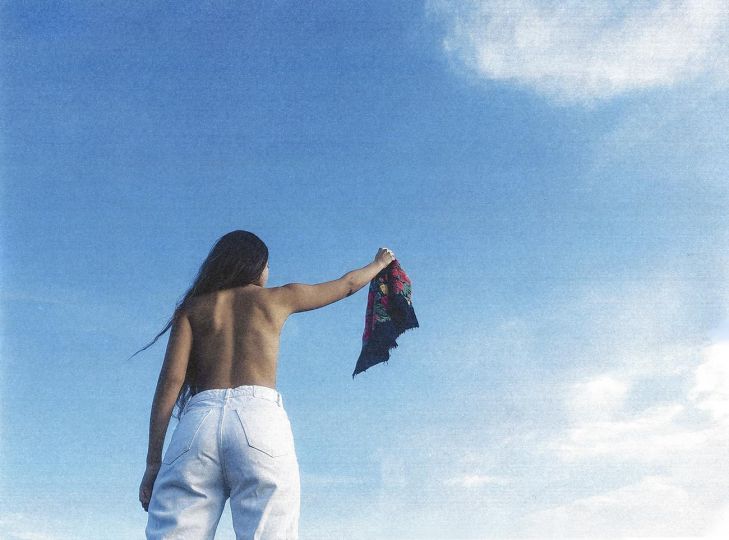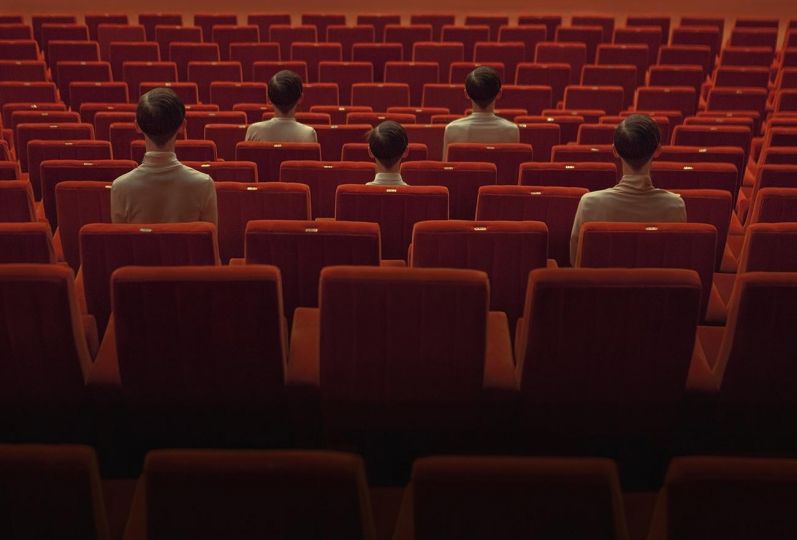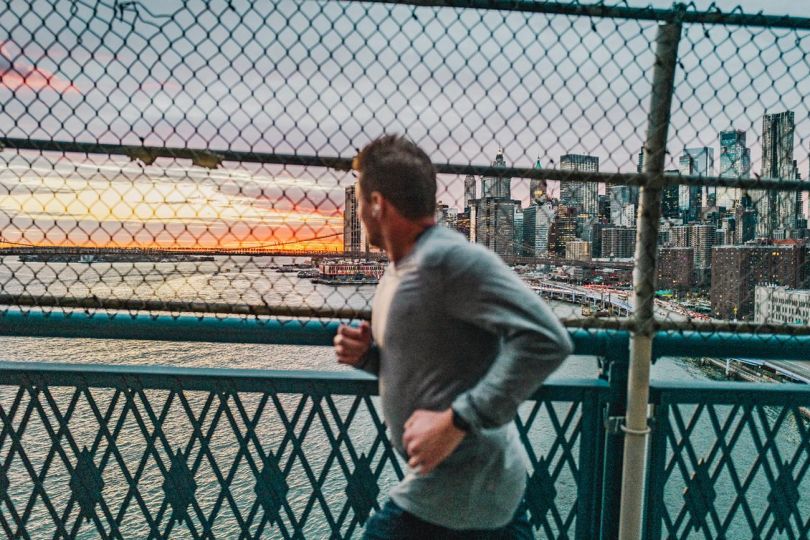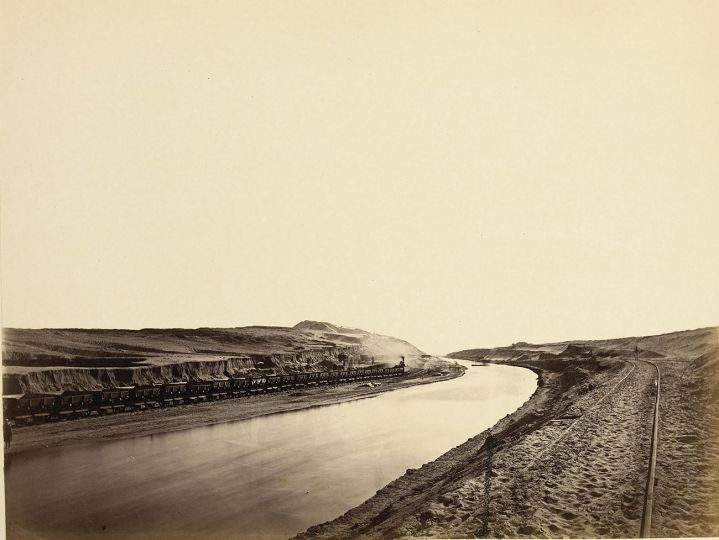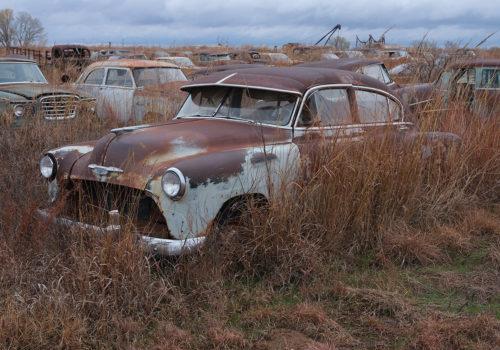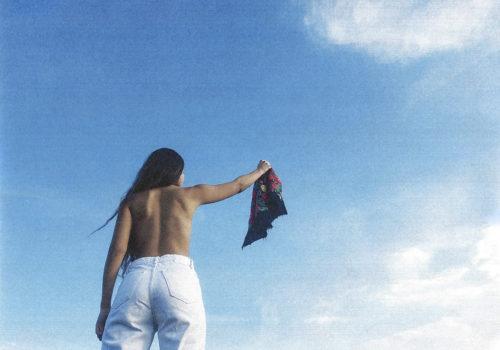On April 15, 1874, the first Impressionist exhibition opened in Paris, featuring Monet’s Impression, Sunrise and work from Renoir, Degas and Cézanne. Impressionism (the term originally used by critics as an insult) was born. The influence of their work has been felt around the world, including for the French photographer Réhahn, who is currently working on an long-term project of Impressionist Photography, influenced by Impressionists and Post-Impressionists, such as Monet, Pissarro, Degas and Van Gogh.
“These beautiful photographs are ‘Impressionistic’ in effect or in spirit,” says Dr. Richard Schiff, art historian and director of the Centre for the Study of Modernism at The University of Texas at Austin. “They succeed in connoting the effect of immediacy that the Impressionist painters sought. Réhahn is attracted to phenomena of heat and smoke, just as Monet was attracted to fog because nature’s fog already provided the impressionistic effect that suited Monet’s interest in the transience and instability of the natural atmosphere. I’m most impressed by the images that capture atmospheric heat (Illusion, 2023 and Day Remnants, 2023) and the image that captures the effect of smoke (Flame, 2022), which introduces blue to the gold of the scene an effect cultivated by Van Gogh in his images of the sower in the fields of grain.”
Originally from Bayeux in Normandy, France, Réhahn has lived in Hoi An on the coast of Vietnam for more than a decade. He’s famous for his colourful portraits and photos of local life in Vietnam, including his The Precious Heritage Project, documenting the 54 diverse ethnicities present in Vietnam. He’s also photographed people around the world, including Cuba, Malaysia and India. In 2018, Réhahn’s Hidden Smile photo was given as a gift by Vietnam’s Secretary of the Party, Nguyen Phu Trong (the current President of Vietnam), to the French President Emmanuel Macron, during an official ceremony celebrating 45 years of friendship between France and Vietnam. The Asian House Museum in Havana, Cuba, and the Hanoi Women’s Museum also have Hidden Smile in their collections. Réhahn owns and runs galleries in Hoi An and Saigon.
His Impressionist Photography work marks a break away from his traditional, colourful portrait work. “Growing up in France, and specifically Normandy, the works of the Impressionists were always in the background of my daily life. When I went to Honfleur, I’d walk along the port where Monet and Eugene Boudin first started the movement. In Paris, there are all the Haussmannian buildings and Grande Boulevards painted by Pissarro and Caillebotte, and the opera that Degas loved so much. Personally, though, I always felt more connected to the French countryside, a subject that many Impressionists and Post-Impressionists, like Monet and Van Gogh, focused on. Even though Vietnam is on the other side of the world, there are some similarities in the colours and scenes you can find in the Vietnamese countryside. I’ve always been someone who gets a bit obsessed with details – I don’t go halfway. When I decided to document Vietnam’s ethnic groups, for example, I ended up spending a whole decade researching, traveling, building connections, and creating an entire museum. So, during the COVID confinements, when I had time to focus on new research, I didn’t just glance at a few Impressionist books – I read a whole library.”
He started working on the new series during the pandemic. “In early 2020, I found myself at an intriguing crossroads. I’d just completed a monumental project: the Precious Heritage Project and Museum. I’d spent 10 years documenting the 54 ethnic groups of Vietnam. I’d published two new books: 100 Iconic Portraits in late 2019 and the third volume of my Vietnam – Mosaic of Contrasts series in January 2020. All of these projects had been built over the course of more than a decade, expanding on my early portrait work and lifestyle shots as my knowledge and style evolved. I was ready to start something entirely new. Then the pandemic hit. Like everyone around the world, I was confined during this ‘Great Pause’. I’d spent so much of my life traveling for my work, especially in remote areas, such as the ethnic villages in Vietnam, and suddenly that whole part of my life was disrupted. I’m not the type of person to just sit around watching Netflix and waiting for time to pass, so I immediately embarked on a different type of journey. Reading about the Impressionists made me realize that I already shared many of their philosophies and aesthetic principles. When we were finally allowed a bit more freedom in Vietnam to move around in the areas near our homes, I decided to start experimenting with what Impressionism might look like within the context of photography.
Many of Réhahn’ Impressionist images of people and places were created using effects, such as shooting through fire or using reflections on water. “What’s important is to capture the sense of movement and texture that the Impressionists did. But here’s the catch – all of this should be done with no filter or artificial effects, just with the natural world. In my Impressionist photos, I’m always trying to get away from reality and infuse a dreamlike atmosphere into my images. I want people to look at them and take in the colours, texture, light and shapes but not to think of them as documentation. Like the Impressionists, I hope to create images focused on an emotional quality – my personal ‘impression’ of a moment in time.”
Graeme Green
Graeme Green is a journalist for The Guardian, BBC Wildlife, The Times, Outdoor Photography and British Journal of Photography.
www.graeme-green.com
Instagram @graeme.green
For more on Réhahn’s work, see https://www.rehahnphotographer.com/impressionism-photography-rehahn/
and follow on Instagram @rehahn_photography



